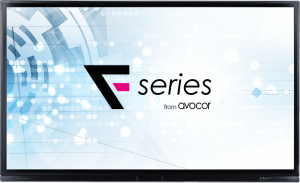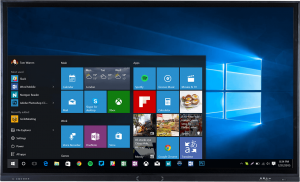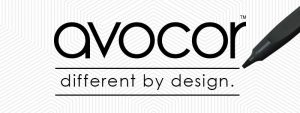How can technology facilitate agile working?
Agile working is a nice, catchy phrase, but what does it actually mean?
Its roots may be firmly entrenched in the software development industry, however, during the last few years, agile working has progressed way beyond the offices of IT companies. There is now greater recognition among the wider business community that agile processes can boost productivity and performance, but the biggest stumbling block seems to be understanding how to implement it successfully.
The aim of agile working for any sector is to create a more responsive, efficient and effective organisation, it is essentially a transformational tool that allows companies to work smarter. One of the most common mistakes many businesses make is misinterpreting agile working as flexible working. Even though agile working may incorporate flexible working practices, the aims, drivers, and scope are significantly different.
Flexible working is a work pattern, usually involving changes to hours and location, whereas agile is based on the complete flexibility of work to drive long-term organisational success. It is a cultural and methodological change that has to be developed over time. According to The Agile Organisation, proper agile working practices “have to be considered across four different dimensions” – time, location, role, and source. In other words, when do people work, where they work from, what do they do in their specific role, and who carries out the work. The critical components revolve around changing culture and mindset. It is not just a case of investing in new technology and workspaces, businesses have to engage and empower their workforce to fully embrace an agile way of working. The technological solutions and new working environments can then support that culture change.
Visually, real agile working can easily be identified by the look of an office space. In a building, agile working can be characterised by different spaces, different environments and different settings for employees to either concentrate individually or collaborate as a team. As opposed to a ‘traditional’ office layout, agile environments may include focus space, collaboration space and team meeting space supported by the right level of digital technology to promote a more collaborative, productive workforce.
If we think about the ‘mental’ side of agile working and look inside the mind of business managers, the shift from traditional management to agile can be a challenge. Changing from a top-down mindset to agile means their leadership will be more macro than micro in style, but no less influential. Agile management is supportive and strategic, as teams of employees will be empowered to make their own decisions with the technological tools and support needed to get the job done.
Agile is about re-focusing the way a company operates, getting people to think, manage and work differently to achieve more effective ways of delivering service, improved performance, and better business outcomes. The benefits certainly aren’t limited to IT industry. Agile can be a successful process for many sectors, it just needs to be properly understood and interpreted.
Want to learn more?
Complete IT Systems have a team of Avocor specialists on hand to demo the solution, discuss business benefits and help you understand how the technology works for your organisation. There’s also a great range of resources available on the Avocor blog.
Give us a call on 01274 396 213 or use our contact form to discuss your requirements with us.















